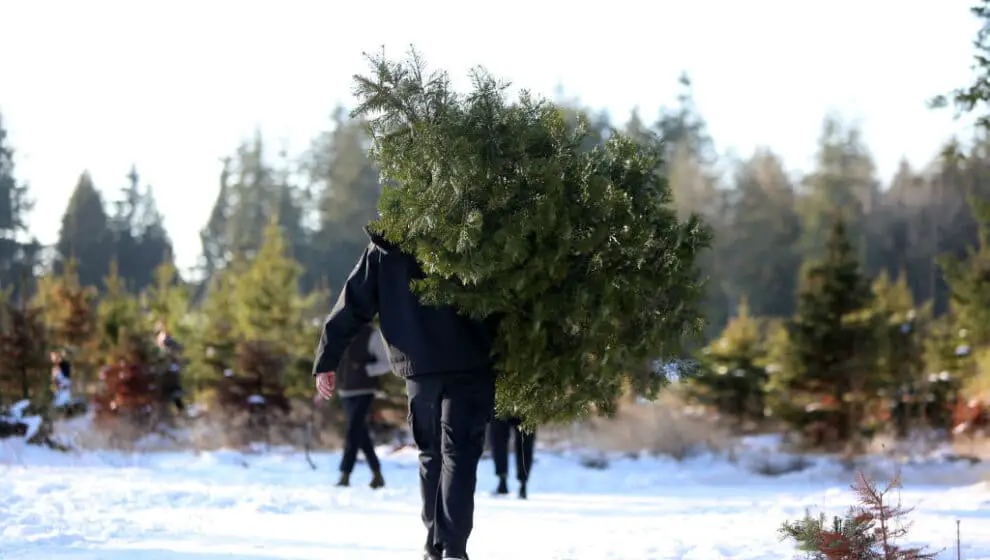Taking a look at the cost of live Christmas trees—decked out with lights, ornaments, and ribbons—that make up a $2-billion industry.
Key Details
- Every year, American Christmas tree farms sell 25 million to 30 million Christmas trees to retailers.
- The trees are priced at an average of $75 each and contribute to a yearly $2 billion business.
- In the U.S., there are approximately 15,000 Christmas tree farms of various sizes. The largest 434 farms command nearly 75% of the market.
- Most trees come from Oregon, North Carolina, Michigan, and Pennsylvania.
- Christmas tree farmers have a unique challenge of predicting the market 10 years in advance.
- In addition to battling nature to protect the tree crop, Christmas tree farmers are also facing changing demand and competition from artificial trees.
Why it’s important
Unlike other crops, Christmas trees take more than one season to grow—especially if a farm wants to produce taller Christmas trees.
To reach six feet high, the farmers must let the trees grow for eight to 10 years. During that time, the trees aren’t producing any profit. In fact, they’re costing a significant amount of money between labor, fertilizers, and pesticides—and taking up land. During the decade of growth, one season of limited rain or a beetle infestation can destroy a crop in a matter of months.
The Christmas tree farmer’s job is even more complicated by the fact that he needs to predict a market 10 years in advance. Other farmers can gauge interest in a crop about a year beforehand—but Christmas tree farms have to anticipate demand much further in advance.
Poor predictions have resulted in a rocky Christmas tree market in the past. Farmers in 1990 overestimated demand, resulting in high inventories of trees and many farms going out of business by 2000. The 2008 recession resulted in fewer trees planted, leading to the higher priced trees customers see today.
Sales are predominantly made through U-cut or wholesale systems. Smaller farms tend to take advantage of a U-cut model where families come for the experience of cutting down their own tree. This method further benefits the farmer by allowing them to charge more for the experience.
Larger farmers participate in the wholesale market, sending their trees to major retailers like Home Depot or garden nurseries.
Farmers have around a 30% profit margin on their trees—bringing in about $10 of actual profit. However, once retailers have trees in store, they can be marked up at least 100%.
In recent years, farmers have had to contend with difficulties besides the elements—artificial trees. Artificial trees made up 81% of American Christmas displays in 2020. Yet farms have continued to sell roughly the same number of trees over the years.
Unlike a real tree, artificial trees are manufactured in just a few days in factories predominantly located in China. The typical artificial tree sells for a little over $100.
The artificial-tree market is worth around $1.2 billion compared to real trees’ $2 billion.
